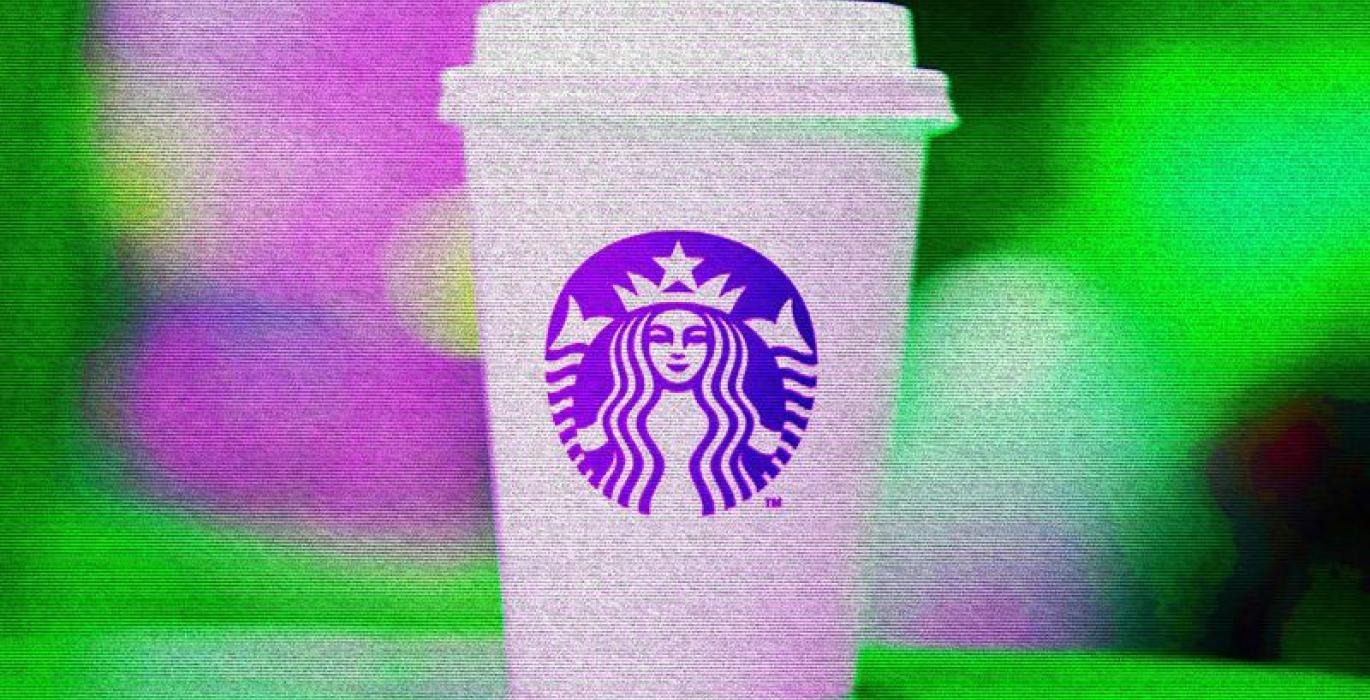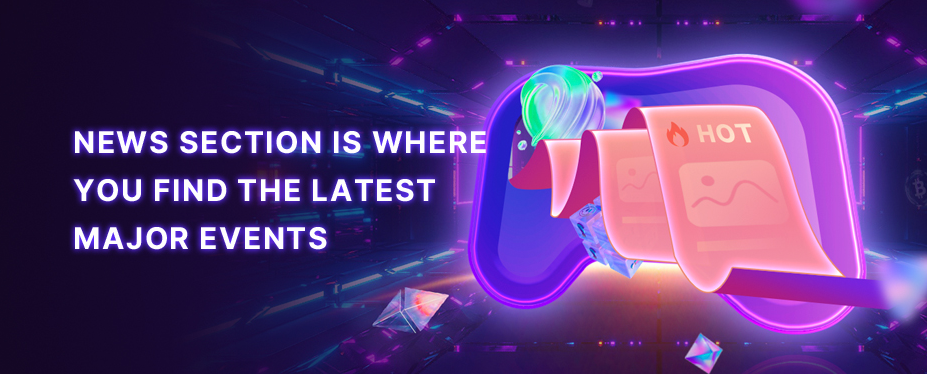Can Starbucks Bring Web3 Into the Mainstream?

For companies looking to dip a toe into Web3 – or take a cannonball plunge – it can be difficult to know where to start. Underlying technologies such as protocols, wallets and exchanges are still nascent compared with existing financial systems. New types of tokens are introduced on a seemingly daily basis. Web3 adoption has spiked over the past few years, but is still far behind the ubiquity of Web2. The industry has a long way to go to match the functionality of current systems, particularly for consumer purchases in developed economies with stable currencies. How long will it be until using crypto for a standard consumer purchase, such as buying a cup of coffee, is a joy rather than a gimmick?
Enter Starbucks. The launch of its new non-fungible token (NFT)-based reward program, Starbucks Odyssey, may bring us one step closer to making this a reality, or at least provide some suggestions of which direction to head in.
Stephanie Hurder is a founding economist at Prysm Group and an academic contributor to the World Economic Forum. Prysm Group Associate Brian Perry-Carrera also contributed to this column.
Early signs of smart design
Based on recent announcements, the program is very much still a work in progress, and the full details have yet to be revealed. But from what we know so far, Starbucks has made some promising decisions that can serve as guidance for other corporate Web3 initiatives.
First, Starbucks Odyssey is additive, not substitutive. Starbucks’ current reward program is arguably the most successful loyalty program in the world, with nearly 60 million rewards customers globally and 30 million in the U.S. alone. The loyalty program drives approximately 50% of all Starbucks revenue through incentivizing repeat business, upselling, and customer personalization. It would be quite a leap of faith for Starbucks to discard its wildly successful traditional rewards program and replace it with a Web3-based program, given the newness of the technology and the uncertain success of an NFT-based program. By making Starbucks Odyssey an optional, additional rewards program the firm is able to build on the existing program with complementary products, yet minimize risk to the cash cow, allowing for greater flexibility in the future should the dynamics around Web3 technology change.
Second, the program is an organic fit with key demographics. Starbucks’ largest customer segment is millennials between the ages of 25 to 40 – comprising 50% of the company’s business – with young adults ages 18 to 24 just behind. As the Starbucks brand matures and faces challenges such as labor disputes, rising supply chain costs and labor shortages, growing and retaining this customer base will be increasingly important.
NFTs, while still a very new technology, appeal to this target user base. The Gen Z demographic has the most investment experience and general interest in NFTs. The second-largest demographic of those invested or interested in NFTs are millennials, which, again, bodes well for Starbucks’ key consumer segments.
Third, all indications are that Starbucks will be using top-tier user interface/user experience (UI/UX) design to bridge the gap between NFT/blockchain natives and novices. Starbucks has seen tremendous success with its Mobile Order and Pay functionality, in part due to its seamless UI/UX design. For the development of the Odyssey reward program, Starbucks has partnered with Forum3, led by co-founder Adam Brotman. Prior to co-founding the Web3 loyalty startup, Brotman was the chief digital officer at Starbucks who helped lead the design of the Mobile Order and Pay system. Based on this, it seems fair to assume that Starbucks Odyssey will aim to replicate the seamless experience that customers enjoy today.
Ironically, this may involve hiding many of the characteristics distinctive of Web3, at least in the short to medium term. Executive Vice President and Chief Marketing Officer Brady Brewer went as far to say: “It happens to be built on blockchain and Web3 technologies, but the customer – to be honest – may very well not even know that what they’re doing is interacting with blockchain technology.”
Moving beyond marketing
Starbucks Odyssey seems like a promising implementation of Web3 technology for today’s environment. However, harnessing the full potential of Web3 will require some difficult design decisions. Here are just a few that we anticipate:
Managing the impact of speculation: Starbucks announced it plans to allow NFT holders to trade them in peer-to-peer (P2P) marketplaces. As the gaming industry has learned, peer-to-peer trading of NFTs invites speculators, whose presence fundamentally alters the experience of organic users, often in a detrimental way. Starbucks will need to design marketplaces and other mechanisms to mitigate the impact of speculation and ensure the rewards program continues to provide the desired incentives.
Fully harnessing underlying Web3 technology: Web3 technology – and in particular blockchain – benefits users by providing them with enhanced control of their assets. Fully harnessing these benefits requires users to have some interaction with the underlying technology, which the current Odyssey design explicitly does not do. How Starbucks will manage users’ requests for features such as self-custody – and whether users will want such features in the first place – remains to be seen.
Launching in-demand NFTs and achieving profitability: There’s no doubt that being a leading company engaging with Web3 will provide publicity benefits to Starbucks. And certainly many consumers will be happy to receive free NFTs. But Starbucks will surely want to achieve more than this – to go beyond marketing expense and establish a profitable endeavor that generates direct and indirect revenues.
The market has shown that just because there is an NFT does not mean that consumers are interested in paying for it. Starbucks faces a daunting challenge to design digital rewards that are interesting enough to its customers, particularly its Gen Z demographic, to form the basis of an effective rewards program and attract ongoing revenue streams. Achieving one or both is necessary to make this program more than just a one-off fad until the next emerging technology appears.
While it’s unclear how Starbucks will tackle these obstacles, Starbucks Odyssey will nevertheless serve as a fascinating and highly informative test case for corporate implementation of Web3. Most interestingly, it provides a test of the adoption potential and limits for Web3. Given the ultimate consumer-focused company is at the helm, will we see Starbucks finally make Web3 mainstream?





